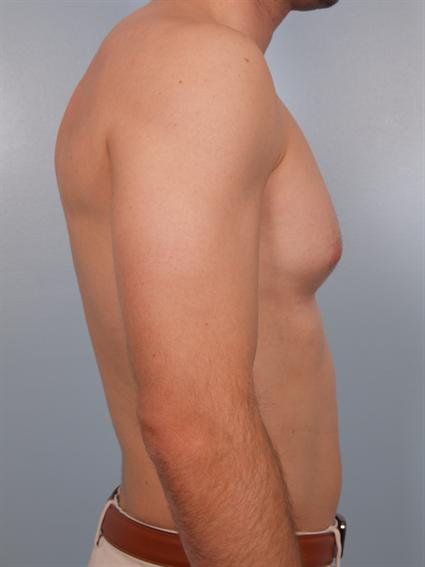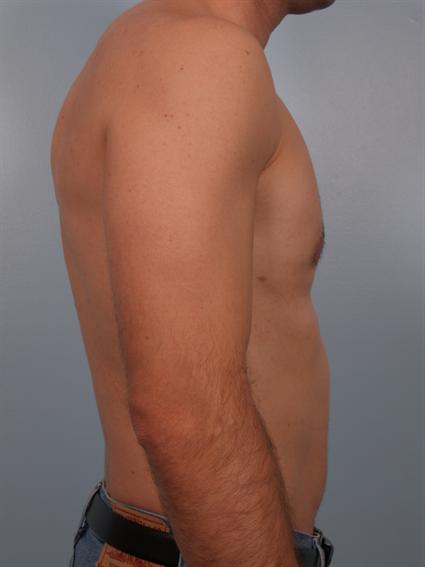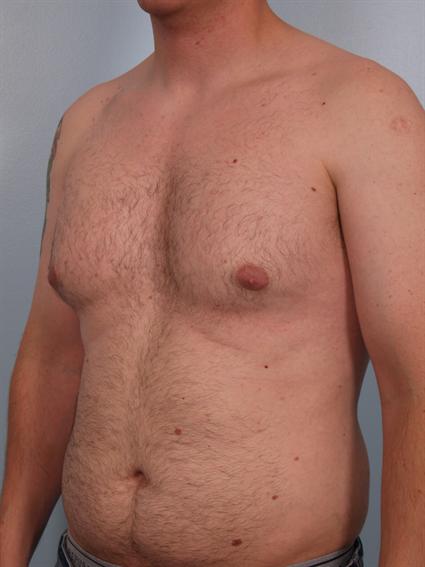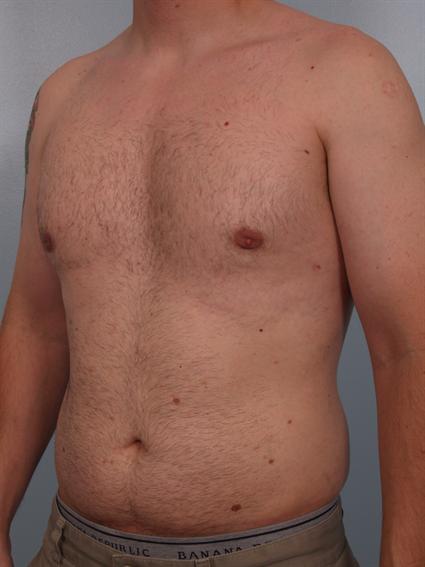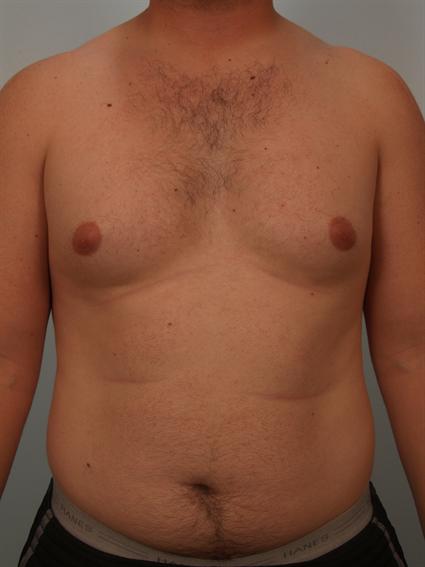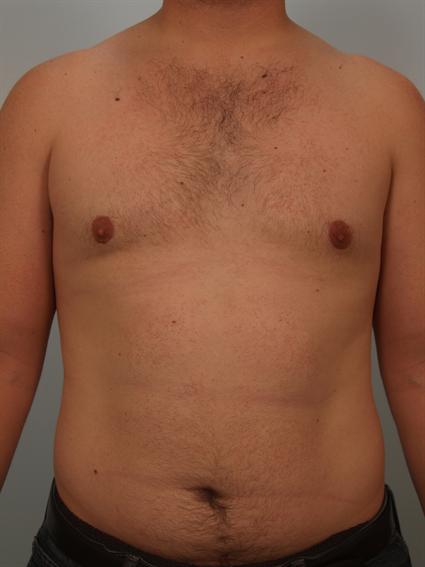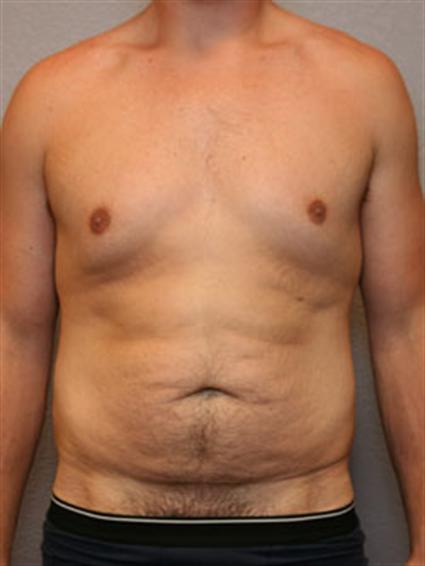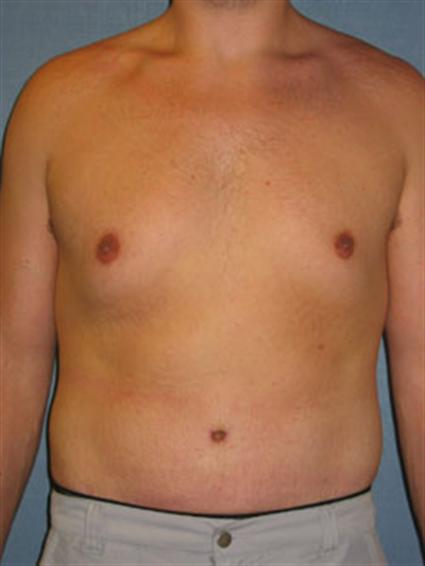Male Breast Reduction
Dr. Robert Cohen performs male breast reduction in Beverly Hills for men who have a condition called gynecomastia, which is the growth of excess breast tissue in males.
The excess tissue with gynecomastia can be glandular tissue (a white, rubbery substance found in female breasts), or fatty tissue (similar to the fat on the rest of the body, but usually more resistant to diet and exercise), or it can be a combination of both tissue types, which is the most common scenario. Dr. Cohen also provides the female equivelent procedure of breast reduction for women.
A life-changing procedure
Gynecomastia is a source of embarrassment and shame for many male patients, who are often teased for having a feminine-looking chest. Gynecomastia surgery can be life-changing for men—in fact, many patients say they wish they had sought help sooner.
If you find yourself struggling with this condition, Dr. Cohen would be very happy to discuss your options for a Beverly Hills gynecomastia correction surgery. Request a consultation or call the office to schedule an appointment.

Why do men seek gynecomastia treatment in Beverly Hills?
Although some cases of gynecomastia can be attributed to hormonal imbalances or the use of steroids, the majority of these cases occur due to unknown causes.
Regardless of why gynecomastia occurs, the effects can be very upsetting. Many individuals are uncomfortable going shirtless at the pool or the beach, and many have developed poor posture in an attempt to hide their chests.
They also frequently wear extra shirts or clothes with thicker material to hide their chest, and sometimes even wear compression shirts to flatten what appear to be breasts.
Many patients report being reluctant to work out because building the chest muscle or losing weight can sometimes exacerbate the visibility of the excess glandular tissue.

Surgical Details for a Male Breast Reduction Procedure
Gynecomastia treatment in Beverly Hills generally addresses both the fatty and glandular tissue excess. Dr. Cohen will make a very small incision on the underside of the areola, right at the junction of the areola and the chest skin.
Through this incision, he will perform liposuction to remove the fat excess and to feather out the edges of the chest to achieve a smooth, natural transition to the thinner tissues.
He will also perform direct glandular tissue removal though the areolar incision, because glandular tissue is too dense to be removed with liposuction. With this technique, he is able to change a pointy chest into a squared, masculine chest.
For some patients, the areola is a problem area as well. In certain cases, if excising the excess fat and glandular tissue from behind the areola is not enough to improve the appearance, a “nipple lift” or circumareolar mastopexy (tightening around the areola) can be performed to reduce the areola size and make it less “puffy” in appearance.

